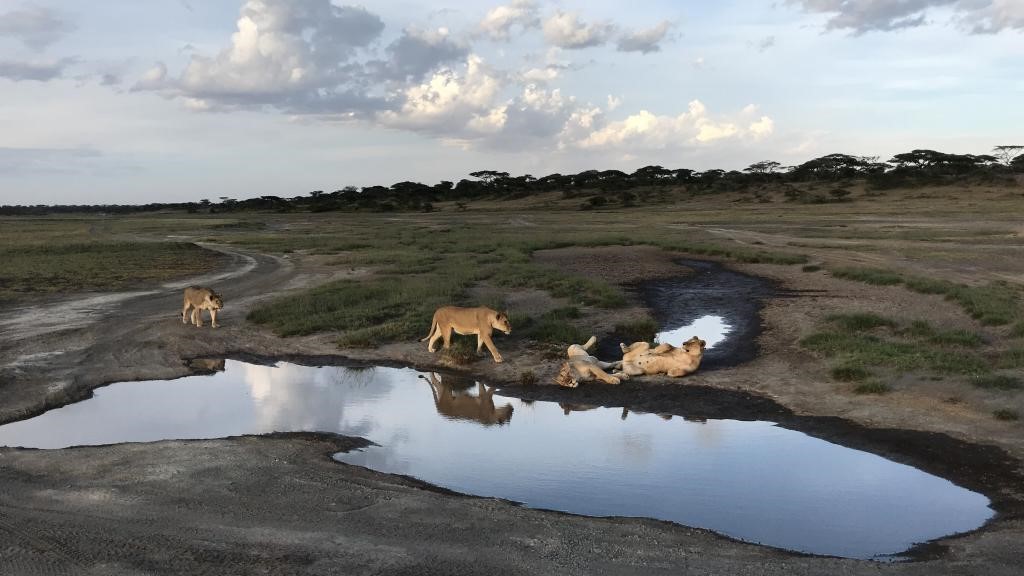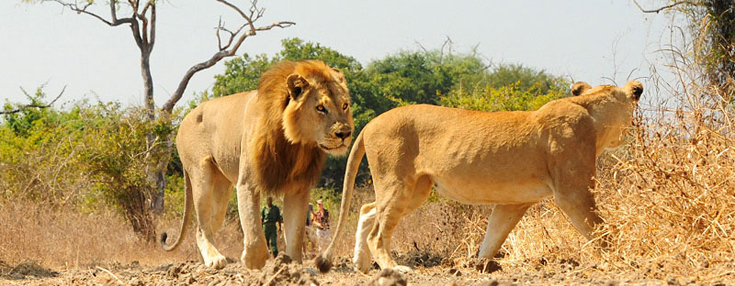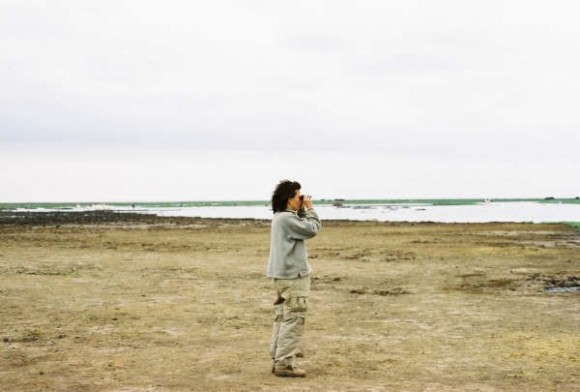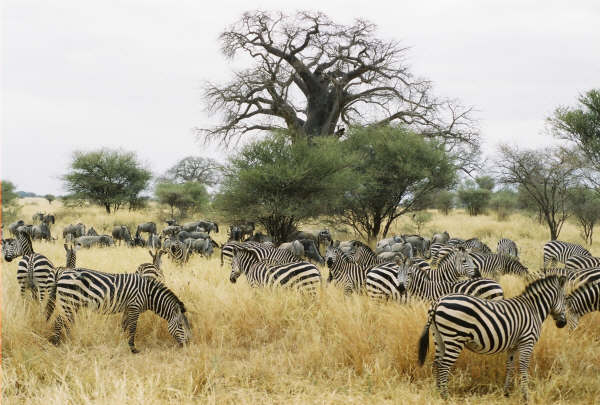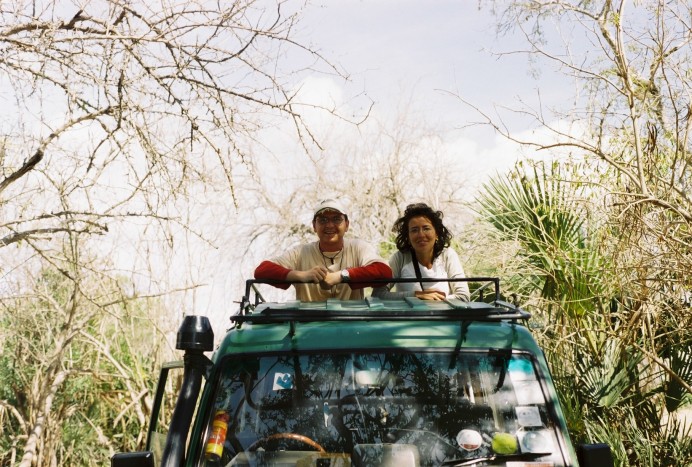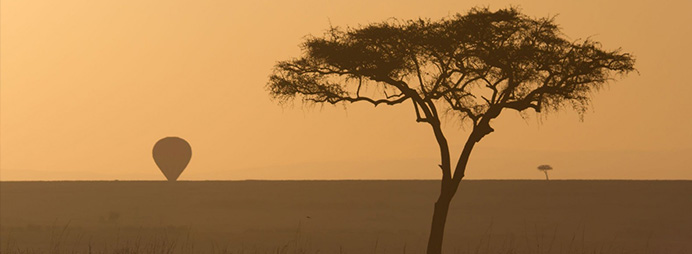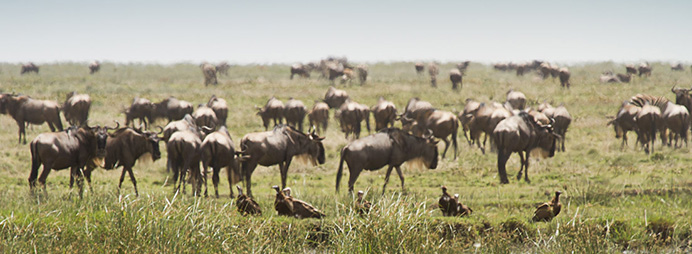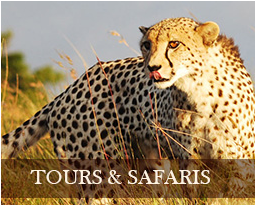Currently known as The United Republic of Tanzania, this diverse country is one of the peaceful countries in East Africa, bordered by Kenya on the north, Uganda on the northwest, Democratic Republic of Congo (DRC) on the west, Indian Ocean on the east, and Malawi and Mozambique on the southern part.
Tanzania is among the biggest countries in East Africa, with an area of 945,100 sq km (364,900 sq mi) which is slightly bigger than the State of California. The terrain ranges from high land plateau, mountainous regions, to savanna grassland and the overall climate of Tanzania varies from tropical to arid to temperate.
Conservation of Wildlife
With ecosystems ranging from Lake Tanganyika to Mount Kilimanjaro, Tanzania is the most biodiverse country in east Africa and Africa in general. Though Tanzania is world famous for its wildlife, the country is also home to two major biodiversity hotspots: coastal forests of Eastern Africa, the Great Rift Valley and the montane forests of the Eastern Arc Mountains. Tanzania has set aside nearly a quarter of its land mass in a network of protected areas and more than one-sixth of the country’s income is derived from tourism, much of which comes from nature or wilderness visits.
Tanzania’s protected areas are divided into several categories. National parks are in the highest category of protection where only photographing is allowed in the area. In the second category is conservation which is multiple lands. Maasai people’s are allowed to live with their livestock. The least restricted categories are game reserves, game controlled areas, and wild life management areas, where sustainable wildlife utilization and settlement are allowed in some part of these areas.
People
Tanzania’s population is approximately 40 million. Its people consist of more than 120 ethnic tribes, Bantu stock including such large tribes as the Nyamwezi and the Sukuma. The groups of Nilotic tribes of the Nile valley include the largest tribe of nomadic Maasai. Each ethnic group speaks its own language; most of the Bantu languages are much related unlike Nilotics which are different. The national language is Swahili, a Bantu-based tongue with borrowings from Arabic.
Government
Tanzania is a republic which achieved its independence in 1961. At that time it was named Tanganyika. In 1963 Zanzibar got its independence, and later in 1964, Tanganyika and Zanzibar united to form the Republic of Tanzania.
